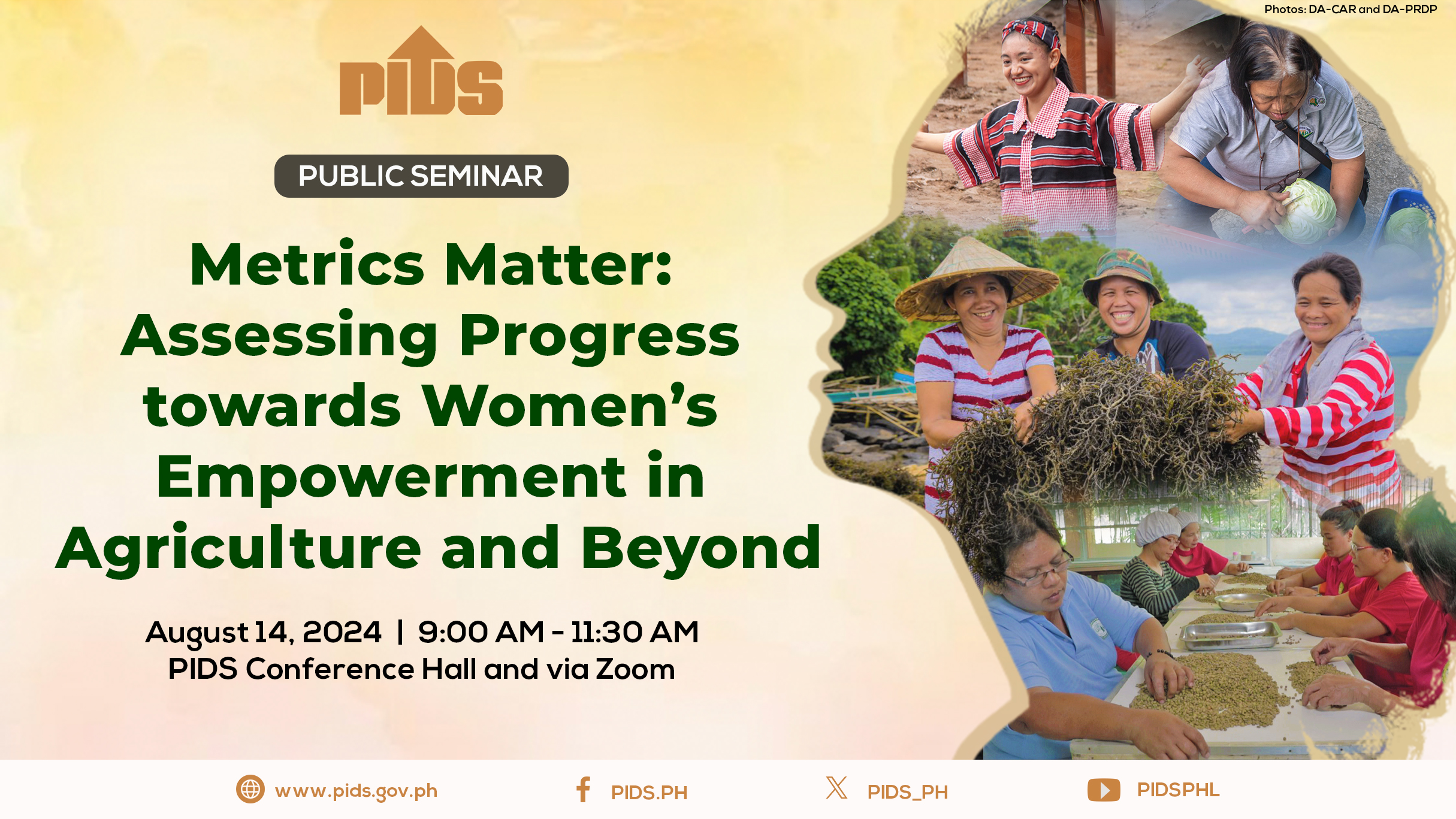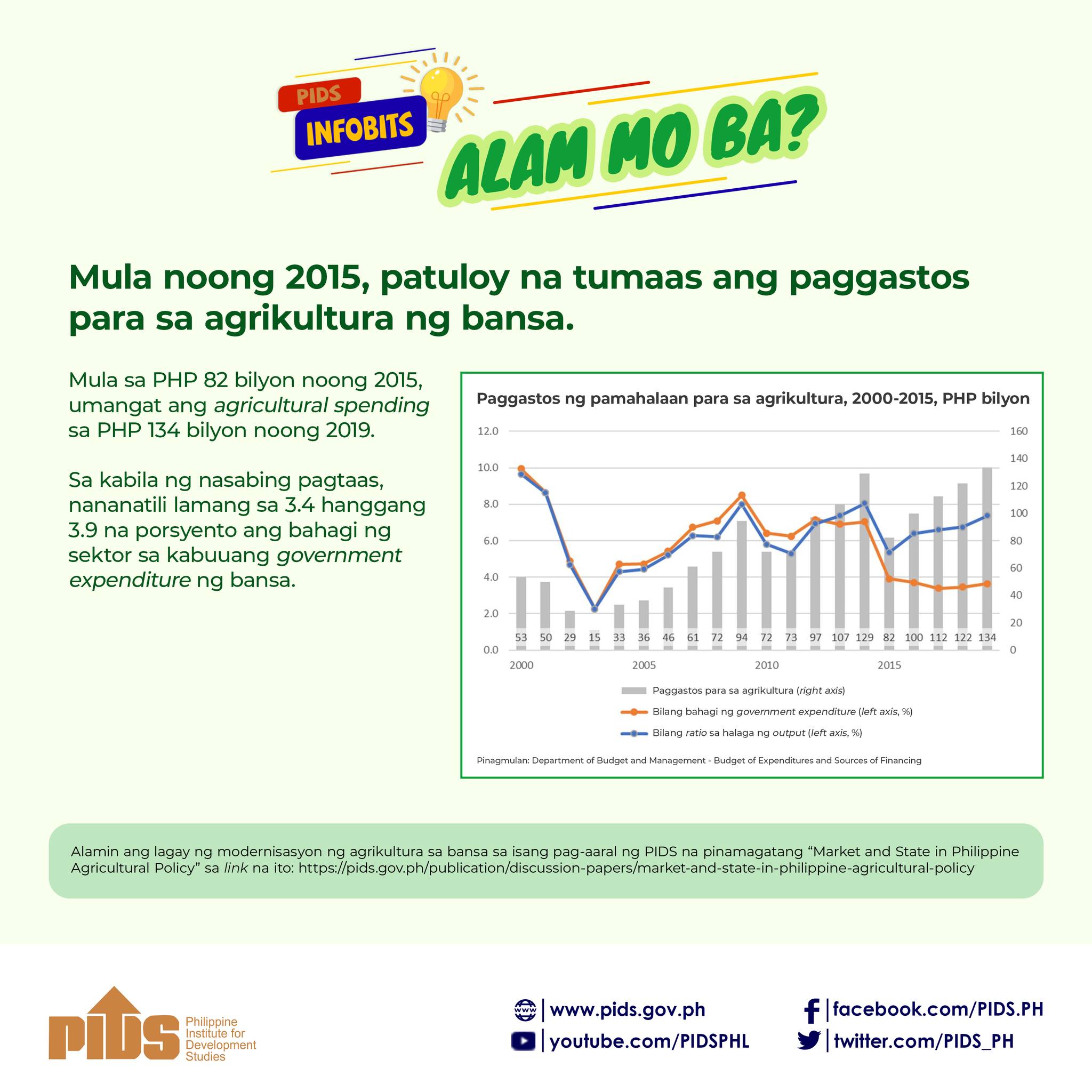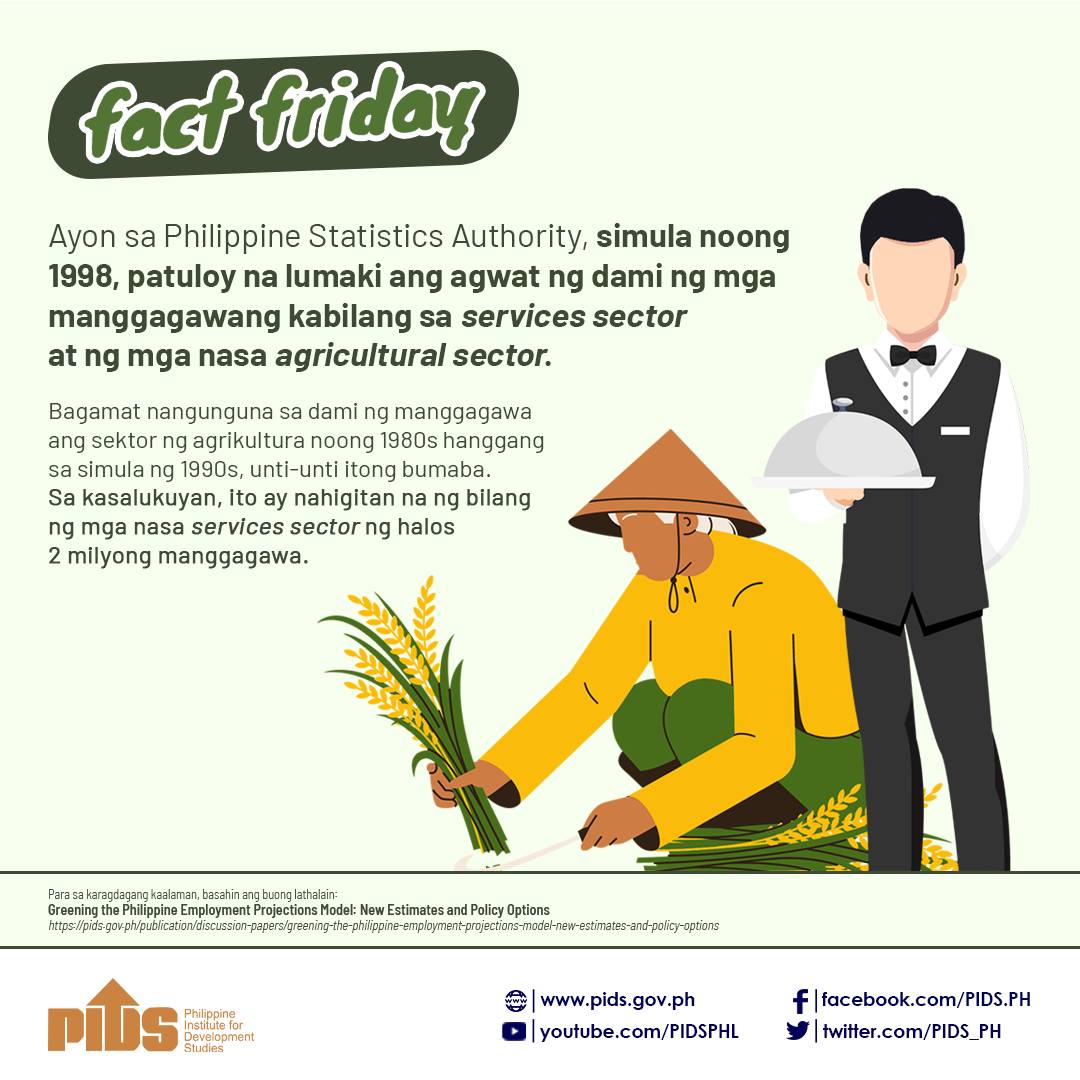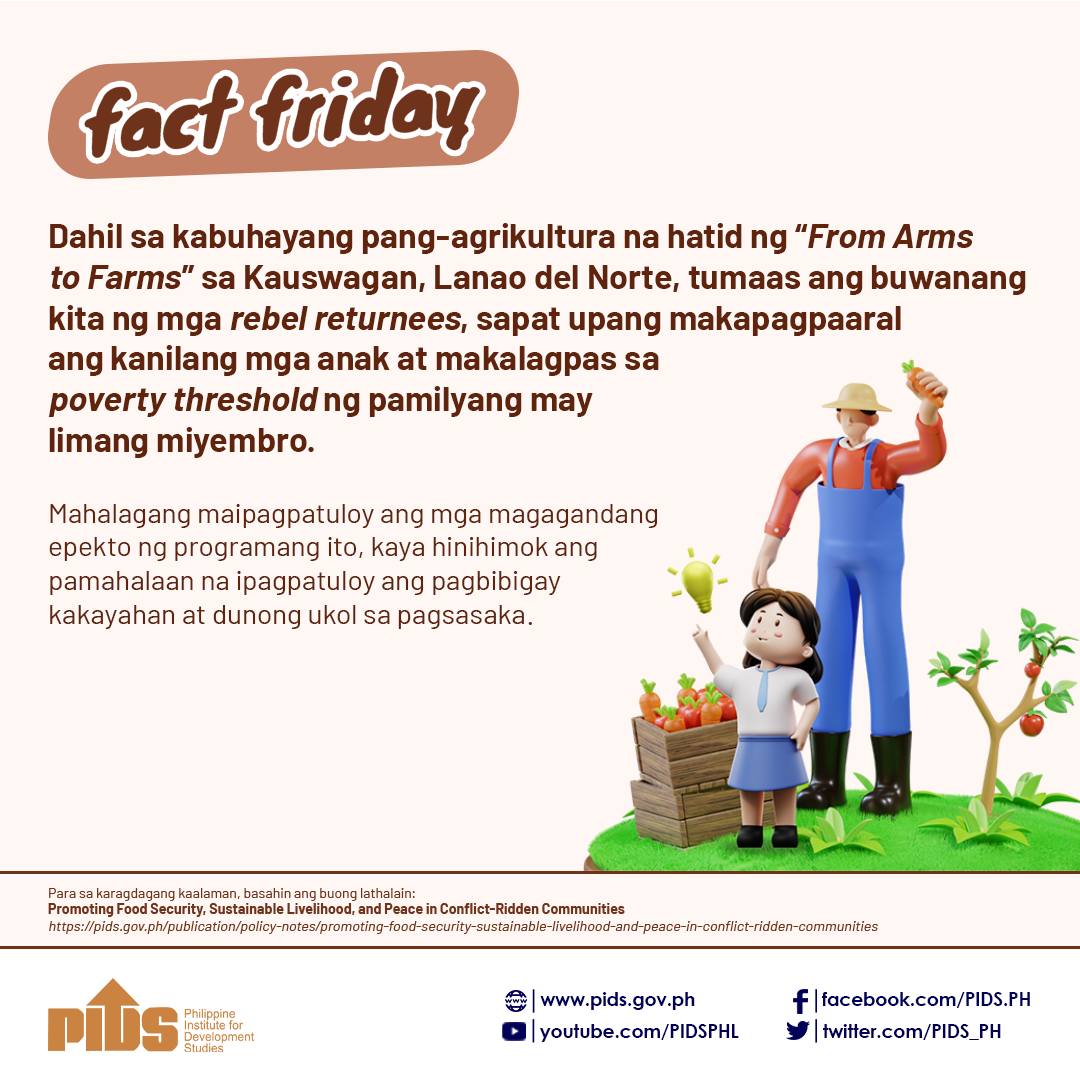Agriculture may historically be the breadbasket of the country but the stronger drive towards industrialization in the ‘1970s pushed the farming sector into the back burner in response to export-oriented liberalization policies.
In the so-called Internet age, the modernization of agriculture continues, this time being tied to the latest developments in digital technology. Beyond keeping up with the most advanced technologies available, a higher concern is to feed a growing population and forestall hunger that has stalked many regions in the developing world. Sadly, the hoped-for food on every table is being further frustrated by the onslaught of the Covid-19 pandemic.
Here comes Agriculture 4.0 to the rescue. We at Tech Sabado tell you the ins and outs, the whys and the wherefores and the basics of how Agriculture 4.0 would make a difference in the race towards food security.
1.0 Agriculture 4.0, also referred to as smart farming and agricultural digitalization, is an information-driven farming approach that basically taps digital technology for ways to improve farm productivity while lowering the costs of inputs significantly. The four-point-oh pertains to the agro-based sector’s contribution in the larger forward-looking movement called “The Fourth Industrial Revolution.”
2.0 Disruptive’ digital technologies such as Blockchain, Internet of Things, Artificial Intelligence and Immersive Reality are some of the elements that form the foundation of Agriculture 4.0. At the same time, in the agriculture and food sector especially in rural communities, the spread of mobile technologies, remote-sensing services and distributed computing is already providing smallholders’ such Agri 4.0 benefits as access to information, inputs, and market.
3.0 Smart farming is a technological solution to address concerns around farming including provenance and food traceability, animal welfare in livestock industries, and the environmental impact of different farming practice. On a macro scale, smart farming in agriculture would help alleviate some of the food security problems experienced in different parts of the world nowadays.
At the same time, smart farming supports sustainable as well as cost-effective agriculture through the combination of navigation satellites, and earth observation inputs to make it easy for farmers to make informed decision. Aside from increasing profitability, smart farming comes with so many opportunities like use of inputs that are site-specific or minimal use of resources such as pesticides and fertilizers and the release of harmful greenhouse gases to the environment.
4.0 While digitalization has plethora of benefits, a few things stop it from gaining momentum including such recurrent issues as poor adoption of digital technologies in rural areas, concern about cybersecurity, poor website user experience, and inadequate Internet connectivity at the farm level. To stress the point, in emerging economies and rural areas where agriculture pervades, weak technological infrastructure, high costs of technology, low levels of e-literacy and digital skills, weak regulatory framework and limited access to services mean the real beneficiaries are at risk of being left behind in the digitalization process.
5.0 The good news is developing economies like the Philippines may also have the advantage of being able to ‘leapfrog’ older agro-based technologies and models in favor of a digital agriculture revolution. This new scenario is already triggering radical rethinking by policy makers, international organizations, business leaders and individuals where ‘business as usual’ is not the solution.
6.0 In a recent forum sponsored by The Manila Times, Dept. of Agriculture Secretary William Dar presented the country’s Agriculture 4.0 roadmap. Also, the DOST Philippine Agriculture 2020 envisions robust and vibrant agricultural and natural resources (NR) production systems and ecosystem services that improve and sustain well-being in the Philippines. The Philippine Institute of Development Studies proposes that agricultural development in the domestic front involves the transition from farming to agribusiness and rural transformation could only happen through upgrading and restructuring of the supply chain.
7.0 There are already current initiatives that point to early adoption of Agri 4.0 concepts in the country.
• In early April 2018, Agriculture officials broke ground on the country’s first state-funded smart farm, part of the P128m ($2.5m) Smart Plant Production in Controlled Environments (SPICE) programme, which is designed to develop and promote urban farming and high-tech plant conservation.
• The International Rice Research Institute has developed and disseminated mobile and desktop applications such as the Rice Corn Manager that recommends to farmers what they need to do to increase farm yield, and METOS instruments, which enables farmers to monitor weather patterns.
• TESDA has published the Labor Market Intelligence Report titled “From Seeds to Satellites” which covers such handy topics as automation in smart greenhouses, agricultural drones, IoT solutions to agricultural problems and cases studies of smart farming applications in selected ASEAN countries.
8.0 The COVID-19 pandemic would push the digitization of farms. The restricted movement imposed by the pandemic on major players in the agricultural sector would see farmers, growers, middlemen/logistics support and bankers turning to digital collaboration tools to fast-track activities in the supply chain. The man hurdle is for the government and the private sector to handhold the farmers so they could easily adapt to the ‘new normal’ and prosper in the farmlands.
AGRI-TECH | Agriculture 4.0 : Eight essential things you need to know












